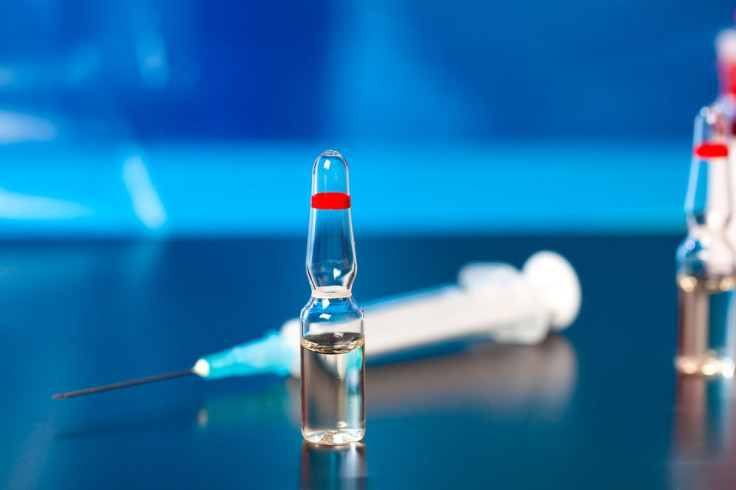Ebola Vaccine Research Hampered By Budget Cuts, NIH Director Says; Now Drug Companies Are Racing To Stop The Virus

Ebola has already killed nearly half (4,024) of the people it’s infected (8,376) in West Africa, and it has stricken fear into not only those living in the region but also populations around the world. The outbreak is so bad, and has happened so quickly, that Centers for Disease Control and Prevention (CDC) Director Tom Frieden said last week, “In the 30 years I’ve been working in public health, the only thing like this has been AIDS.” However, the discovery of AIDS and its subsequent response came almost one after the other compared to Ebola, which was discovered in 1976. For such a dangerous virus, it’s rather surprising there’s no vaccine for it 40 years later.
Dr. Francis Collins, the director of the National Institutes of Health (NIH) told the Huffington Post on Friday that the reason for that is partially because the NIH’s budget hasn’t changed for the past 10 years, making it difficult to implement vaccine research. “NIH has been working on Ebola vaccines since 2001,” he told HuffPost. “It’s not like we suddenly woke up and thought, ‘Oh my gosh, we should have something ready here. Frankly, if we had not gone through our 10-year slide in research support, we probably would have had a vaccine in time for this that would’ve gone through clinical trials and would have been ready.”
Vaccines wouldn’t be the only thing ready either, Collins said, noting that therapeutics were on a “slower track than would have been ideal.” ZMapp, a therapeutic developed by Mapp Pharmaceuticals, was used to treat health workers Dr. Kent Brantly and Nancy Writebol despite still being an experimental drug. According to the CDC, the NIH wasn’t involved in “procuring, transporting, approving, or administering the experimental treatments.” After distributing its last dose of the drug in August, the company only recently started producing more; something which arguably could have been done a long time ago if the drug was already tested and approved.
The NIH has seen purchasing power drop 23 percent from 2004, while its budget remains unchanged, HuffPost reported. In 2004, the agency’s budget was $28.03 billion. In 2013, it was $29.31 billion. Meanwhile, at the National Institute of Allergy and Infectious Diseases (NIAID), the budget dropped from $4.3 billion in 2004 to $4.25 billion in 2013. Even with the Ebola outbreak, the NIH hasn’t gotten any additional funding, forcing it to redirect funding.
Now the agency, along with others around the world, are being forced to test experimental drugs and vaccines at a pace much faster than typical trials permit. Though Zmapp has been shown to be effective in the short term, it’s unclear how it will affect patients over time; chances are it will be rolled out to the affected regions anyway. Meanwhile, a fast-tracked vaccine developed by GlaxoSmithKline and NIAID is currently being tested in Mali after showing effectiveness in monkeys last month, and testing of a Canadian vaccine began on Monday in Silver Spring, Md.
With additional cases of infection being reported almost every day, drug companies and government agencies are racing to catch up. Unfortunately, it seems that things will only get worse before they get better.
Published by Medicaldaily.com



























